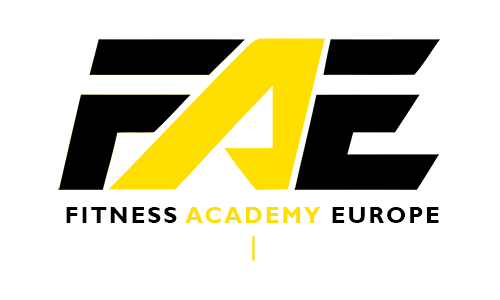By default, the engines will maintain visible copies of all pages they have indexed, accessible to searchers through the cached link in the search results. Index/noindex tells the engines whether the page should be crawled and kept in a search engines’ index for retrieval. If you opt to use “noindex,” you’re communicating to crawlers that you want the page excluded from search results. By default, search engines assume they can index all pages, so using the “index” value is unnecessary.
Because all content is different, and so is each audience, the best link building tactic is the one that you invent. This type of “natural” link building happens all the time, thousands of times a day. When building link-worthy content, spend 50% of your time actually creating the content itself, and 50% of your time promoting it. In truth, it’s incredibly difficult to rank a single page by itself for a handful of keywords – especially if there’s any competition at all.
For example, backlinks from trustworthy and high-authority websites like The New York Times boost your chances of ranking higher. Let’s dive into the SEO ranking factors we think will help your startup business rank higher in Google’s search results. Discover actionable steps to amplify your brand’s online presence, drive organic traffic, increase lead quality, and accelerate business growth. Understanding is critical to SGE rankings, with a recent study finding that simplifying language improved AI Overview rankings. When possible, use an 8th- to 11th-grade reading level to create easy-to-understand content for users and AI to summarize.
It may be a global economy, but most business is still done at a local level. Connect with the people in your neighborhood by optimizing your on-page local SEO. Better meta descriptions give searchers a better understanding of your page, leading to more click-throughs.
How to optimize your Google Business Profile listing for local SEO
Since our analysis of the total page size SEO Anomaly surprised us, we decided to examine the median size, in bytes, of all images loaded for each page, relative to the search rank position. Other then a sharp spike in the first two rankings, the results are flat and uninteresting across all remaining rankings. The surprising result here was with the the median size of each web page, in bytes, relative to the search ranking position. By “page size,” we mean all of the bytes that were downloaded to fully render the page, including all the images, ads, third party widgets, and fonts. We would expect this graph to have a clear “up and to the right” trend, as highly ranked pages should have a lower document complete or fully rendered time. Indeed, page rendering has a proven link to user satisfaction and sales conversions (we’ll get into that later), but surprisingly we could not find a clear correlation to ranking in this case.
- With integrations for Shopify and WooCommerce, it’s easy to join Google Merchant Center.
- Utilize the insights gained to refine your content and enhance on-page SEO factors like meta descriptions and heading tags.
- Below is our data-backed research into Google’s SGE ranking factors.
- Mr Ram suggests that it’s about creating content that serves as the ultimate guide on a subject, leaving no question unanswered and no stone unturned.
Second, organizing your content into sections helps Google understand what your content is all about. To get an idea of which topics most appeal to your site visitors, use a tool like MonsterInsights, the best Google Analytics WordPress plugin. This shows you real data about the most popular pages on your website.
You should only have one H1 tag per page to establish the main topic. First of all, they advise that quality content should be organized close to the surface. In other words, no content Bing views, should be more than 3 clicks away from the home page. They also tries to eliminate duplicate content at the point of indexing. Redundant content is recognized and eliminated from search market result pages.
Understanding Search Intent for Content Optimization
This means that high search engine ranking positions help you generate organic traffic, brand awareness, and other business results. SEO rankings matter in search engine optimization (SEO) because the higher you rank for a given keyword, the more likely users are to see and click on your result. When people share your content on social networks, that’s another sign that it’s valuable. Cognitive SEO’s study of 23 million shares found a definitive link between social shares and search engine ranking. SEO ranking is a website’s position on search engine results pages (SERPs) for specific keywords or phrases. The higher a website ranks, the more likely it is to be seen, resulting in more clicks and traffic to the website.
How to Check Your SEO Ranking on Google?
Since this process requires you to create at least one piece of “linkbait” content, it makes sense to create content that earns more and more links over time. Another similar tactic this pairs well with is broken link building. Whatever you choose, be sure to find who is linking to the competition, and earn those links for yourself. When you understand these data points ahead of time, you can create content that exactly fills an existing need.
Business Profile signals are increasing in their perceived importance for the map pack over time too. Regularly check and update your business name, address, phone number, and other essential information on your website and business listings. GSC helps you monitor your website’s indexing status and identify issues preventing Google from properly crawling and indexing your pages. Identify gaps, outdated information, or underperforming pieces that need improvement. Use this analysis to inform your future content creation and optimization efforts. This info will guide how you create content and help you speak in a way that connects with your audience.




